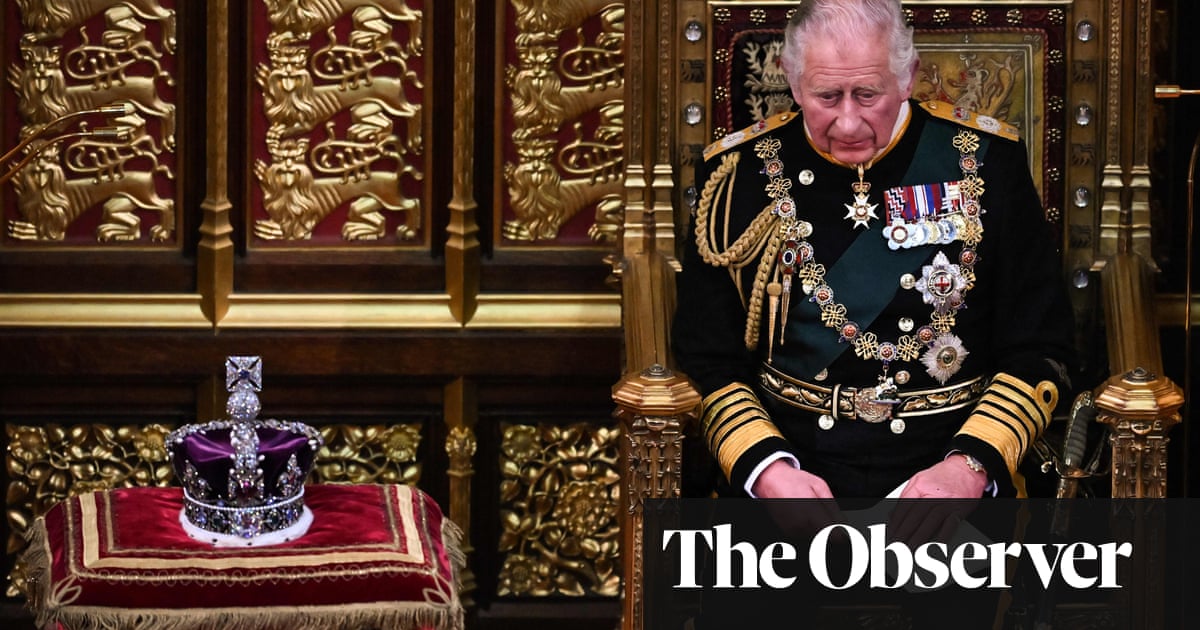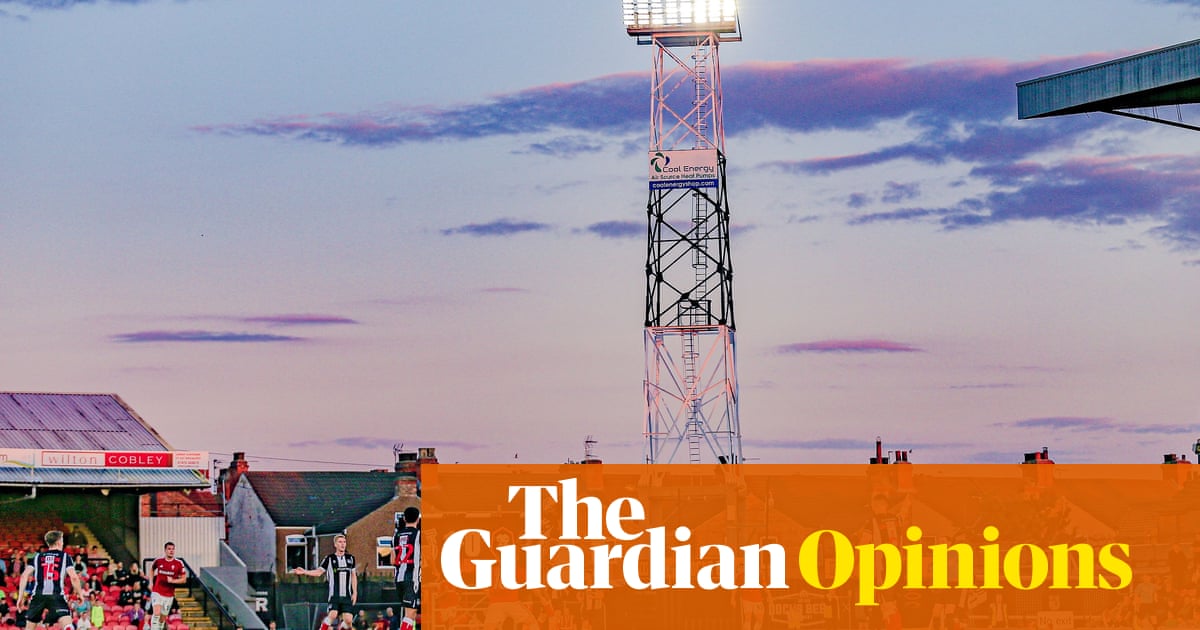
We’re playing a song for you,” Dr Luis Seija said softly, gazing at his patient. His voice, muffled by two masks and a face shield, fought to be heard above the noise of the hospital room. There were monitors beeping, alarms ringing, the hum of the negative-pressure machines.
“We’re playing this for you,” Dr Seija told the patient, a Latina woman in her 60s. “So you can dance the night away.” He took her hand into his own, and he noticed, right away, how soft her skin felt.
The patient’s daughter was lying in the next hospital bed, wide awake. The daughter, like her mom, had tested positive for coronavirus. On her Android, she started playing her mother’s favorite song by Marc Anthony, called Vivir Mi Vida, meaning Live My Life. The rollicking notes filled the room, so loud that they almost blocked out the sounds of the old woman’s last gasping breaths. Dr Seija removed the woman’s oxygen machine; his team had determined that there was no longer a possibility that she could recover. After a few minutes, she was dead.
When Dr Seija looks back on his months treating Covid-19 patients last spring at Mount Sinai hospital, in New York, these are the moments that pile up: losses that ache in the deepest parts of his body, grief that lingers like a melody he can’t get out of his head. Recently he tallied the number of notable patients he has cared for since he started his residency last year. The number is 185, and he estimates that at least 60% of them died.
When I first connected with Dr Seija, it was the fall of 2020 and I was interviewing dozens of frontline doctors about their fatigue coming out of the long, heavy period of New York City’s early Covid-19 surge for my book. Now, as new variants circulate in the US, we retell his story. At present, cases are nowhere near the same level as at its peak, when New York was seeing more than 5,000 Covid cases each day, but with the country’s seven-day average of infections spiking 70%, and case counts once again beginning to climb, it felt important to capture the grief of those early days.
Dr Seija was part of the Covid-19 class of medical interns, meaning that as New York’s hospitals scrambled to take in a crush of Covid patients and the city packed dead bodies into warehouse freezers, he was in his first year as a trainee. His earliest months as a doctor were spent having the same conversations over and over – helping his patients understand when they were likely to die, and how they would like it to happen.
When patients first get to the hospital, doctors have to help them determine at what point they would want to forgo life-sustaining measures in the event they can no longer meaningfully recover. If their heart stops, do they want to be given chest compressions? If their lungs fail, do they want a tube down their throat?
These conversations, known as “goals of care” conversations, are challenging under any circumstances. No one wants to confront their own mortality, to examine their likelihood of survival through the lens of logistics. When the patient isn’t capable of making the decision themselves, the choice falls to their healthcare proxy or surrogate decision-maker, typically a partner, child or parent. At that point, the discussion can become even more tense. A family member’s instinct is often to say: “She’s a fighter, we’ll do whatever we can to save her life.” The doctor has to explain that a full recovery might be impossible. Chest compressions might break the patient’s ribs; if the patient is put on mechanical ventilation, they might never come off.
The pandemic brought new wrinkles to these conversations. Family members joined by Zoom instead of in person, which made it hard for them to fully comprehend how poorly their loved ones were faring. Doctors had to unlearn all of their normal ways of approaching these emotional moments: instead of taking the exchange slowly, they had to limit their time at the patient’s bedside to minimize virus exposure. They couldn’t use physical touch as much to comfort their patients, and the masks made it difficult to read facial expressions.
There were also instances when a patient deteriorated so suddenly that there was no time for a full conversation weighing their medical options.
Dr Seija encountered this particular dilemma one afternoon, when he was assigned a new patient whose shortness of breath kept worsening. The patient was getting the maximum amount of external oxygen, and still his blood oxygen level was in the 70s. The medical team realized that there was no way the man could survive a transfer to the intensive care unit.
Dr Seija had to call the patient’s wife, introduce himself and tell her it was time to say goodbye. Her husband was getting chest compressions nearby and was likely to die any minute. He listened as his message was met with a soul-wrenching sob.
He’d become a doctor to learn how to heal, but the first months of residency taught him what to say when healing wasn’t possible. And that lesson grew all the more resonant when it was Dr Seija on the other end of a doctor’s call.
As an immigrant, Dr Seija’s mother had always found American hospitals frightening. There were all those white people in white coats, pieces of paperwork to fill out and bills to pay. Yet somehow, she’d managed to raise a son who became a doctor and a daughter who became an ICU nurse. Maybe it wasn’t such a surprise though: she had taught them, above all, to work hard and put others first.
Last summer, in the third week of June, Dr. Seija got a call from his mom, then 70, who wanted to let him know she’d developed a cough. His first thought was: “Here we go.” The wave of coronavirus that had ravaged New York City had made its way to Houston, where his family lived. He told his mother to walk out the door and go to a clinic immediately where she could get tested. She called him as soon as she had her results: positive.
“There are some Amazon packages on the way for you,” he told her, and shipped a pulse oximeter and blood pressure machine.
Dr Seija knew that he should ask his mother all the questions he typically asked of his patients. “If push came to shove, would you want to be intubated?” he asked.
“Sweetie, I’ve never thought about it,” she replied.
He told her it was time to start, mustering the stern tone usually reserved for patients who wanted to avoid these messy lines of inquiry. He took notes while his mother told him her preferences for medical care – she wanted to be marked “Do Not Resuscitate/Do Not Intubate” – as well as all the medications she took. She had high blood pressure and diabetes, and he was all too aware that these conditions made her high-risk.
A few nights later, around 3.00am, a phone call jolted Dr Seija from his sleep. His mother had called to say that the number on her pulse oximeter had dipped below 90.
“It’s time for you to go to the hospital,” Dr Seija said. His heart was heavy and his throat was tight and Houston felt worlds, not just miles, from New York City. But he had to keep his voice steady. This was what doctors did in times of crisis. It wasn’t any different just because the patient was his mom.
His mother was defiant as she declared she had no interest in admitting herself to the hospital. “That’s where people go to die,” she said.
It was one of those moments where the child becomes the parent. Dr Seija told her she had no choice but to head directly to the emergency room.
Once she got to the ER, she became unreachable. Dr Seija called the hospital front desk, but no one seemed able to track down his mom. The receptionists offered vague excuses – “Uh sorry I’m covering for someone and I’m not sure where she is” or just “I’m sorry I can’t help you” – and Dr Seija felt awash with new empathy for all the frustrated family members whose phone calls he’d fielded at Mount Sinai in recent months.
“Jesus Christ,” he wanted to say. “I just want to know if she’s OK!”
After 40 hours, he got his answer. She had been admitted with Covid pneumonia, which was all the more worrying for a woman of her age and with her underlying conditions. With that diagnosis, Dr Seija was thrust into eight weeks of worried phone calls. Each day he shuttled between calls to his mom’s doctors, and calls to his own patients’ children.
He tried to remind the Houston doctors that his mom was a human, not just a medical case. “She’s a retired librarian,” he told one of them. “Do you have any books lying around?” Her favorite were murder mysteries by James Patterson.
He also tried to stay patient with the doctors – although he found that particularly difficult because he had already experienced what they were facing anew in their overwhelmed Covid-19 wards.
“I have such a busy patient load,” one physician told him, apologizing for the lack of communication one day. “They’re all Covid.”
Dr Seija had to clamp his mouth shut so he wouldn’t snap: “I know what it’s like!” He had been in the Sinai wards when they were at maximum capacity; the Houston doctors were benefiting from all the lessons that had been learned during New York’s terrifying first wave. “New York City walked so Houston could run!” he thought.
After eight weeks, Dr Seija’s mother left the hospital and went to a rehabilitation facility to continue her recovery.
Back in New York, the summer heat was turning to an autumn chill and Covid-19 case counts were beginning to climb again. That meant Dr Seija was faced with a new round of severely ill patients, and more “goals of care” conversations to facilitate.
Palliative care hadn’t been a required part of Dr Seija’s medical school curriculum, but he began to feel that the long months of Covid – caring for his patients, then his mom – provided the end-of-life care fellowship he’d never signed up for.
As he communicated with his patients’ loved ones over Zoom, he became hyper-aware of his tone and hand gestures, which were all the more important because they couldn’t see his facial expression behind his mask. There was also a new voice in his head as he spoke to patients and their worried relatives, asking: ‘“How would I approach this exchange if the patient was my mom? What would I want to hear if I were in the healthcare proxy’s shoes?” The answers to those questions came all too easily now.
He learned to find solace in the smallest of bright spots, like the families who were able to make it into the hospital in time to say farewell. There was one discharge summary he wrote, in particular, that sticks in his mind. Any other year it might have seemed like a grim note, but during the pandemic it felt like a triumph:
“Palliatively extubated him surrounded by loved ones,” Dr Seija wrote of his patient. “They got to say their goodbyes.”
Throughout medical school, Dr Seija thought he was studying to save lives. But sometimes, in the Covid-19 wards, his job was solely to help his patients die with dignity.
Dr Seija has had the same nightmare for months: he wakes up gasping for breath, imagining that he is sick with Covid-19 and unable to see his family. He knows, now, that being a doctor means exposure not just to risk but to loss. Sometimes he plays the Marc Anthony song Vivir Mi Vida in his studio apartment and he feels the grief of the earliest weeks all over again. Although coronavirus cases had been declining for months in New York City, daily case counts are now beginning to tick up again, along with the test positivity rate. Dr Seija, meanwhile, has shifted into internal medicine-pediatrics training. He is no longer spending his days tending to the dying. But the lessons of those Covid months haven’t left him. “Start thinking about your goals of care,” he advises anyone who will listen.
Dr Seija’s mom has made a full recovery. He has now given thought to his own preferences for end of life care. “I would want to go home,” he said. “I’d die in my mother’s arms.”












